GCSE Textiles
Curriculum overview for GCSE Art and Design: Textiles
Curriculum intent – the knowledge, understanding and skills that students will learn
During the two-year Textiles course, students will develop their knowledge and understanding of a variety of textile techniques such as stitch, applique and 3D construction and will build a portfolio of work showing their critical thinking and study of a theme. Throughout their work, students will be expected to cover four assessment objectives, against which their expertise will be measured: firstly, developing ideas through investigations and demonstration of critical understanding of sources; secondly, refining their work by exploring ideas, selecting and experimenting with appropriate media, materials, techniques and processes; thirdly, recording ideas, observations and insights relevant to intentions as work progresses; and, finally, presenting a personal and meaningful response that realises intentions and demonstrates understanding of visual language. Students will learn through practical investigation, realising their intentions using appropriate materials and techniques.
Curriculum implementation – teaching, learning and assessment strategies
The course is delivered so that students are given the opportunity to gain the required skills to communicate personal ideas, meanings and responses. This means that from the start of the course in Year 10, they are taught to reflect critically upon their creative journey and its effectiveness in relation to the realisation of personal intentions. Students are given a specific brief or starting point and develop ideas based on this topic before making their chosen design. They are encouraged to develop their ideas outside of the classroom, informed by first-hand experiences and appropriate secondary sources, as well as to develop their own strengths and interests in textiles following their own lines of enquiry. Students learn how to draw inspiration from the work of artists or designers from contemporary and/or historical contexts, periods, societies and cultures, contemporary and/or historical environments, situations or issues and to incorporate this thinking and research in their own designs.
Curriculum impact – intended outcomes for students
By the end of GCSE Art and Design: Textiles course, students will have gained a higher level of manufacturing techniques when working with fabric and decorative techniques. They will be able to develop their ideas by selecting and critically analysing sources; refine their work independently; experiment with media, materials, techniques and processes; and record their ideas visually and through written annotation, using appropriate specialist vocabulary. Students will be able to develop and explore ideas, recording annotations that relate to initial thoughts, practical considerations, the communication of intentions, responses to sources, critical reflection on personal work and self-evaluation. Overall, students will be confident that their portfolio of work will reflect their abilities to cover each of the four assessment objectives.
Course overview for GCSE Art and Design: Textiles
Exam board: AQA https://www.aqa.org.uk/subjects/art-and-design/gcse/art-and-design-8201-8206/specification-at-a-glance
Coursework: Yes – 60%
Component 1: Coursework – Portfolio
60% of the qualification
Each student must select and present a portfolio representative of their course of study. The portfolio must include both:
1. A sustained project developed in response to a subject, theme, task or brief evidencing the journey from initial engagement with an idea(s) to the realisation of intentions. This will give students the opportunity to demonstrate, through an extended creative response, their ability to draw together different areas of knowledge, skills and/or understanding from across their course of study.
2. A selection of further work resulting from activities such as trials and experiments; skills-based workshops; mini and/or foundation projects; responses to gallery, museum or site visits; work placements; independent study and evidence of the student’s specific role in any group work undertaken.
Component 2: End of course examination – Externally set assignment
40% of the qualification
Preparatory Period / 10 hour supervised exam time
Students respond to a starting point provided by AQA. This response provides evidence of the student’s ability to work independently within specified time constraints, realise intentions that are personal and meaningful and explicitly address the requirements of all four assessment objectives.
